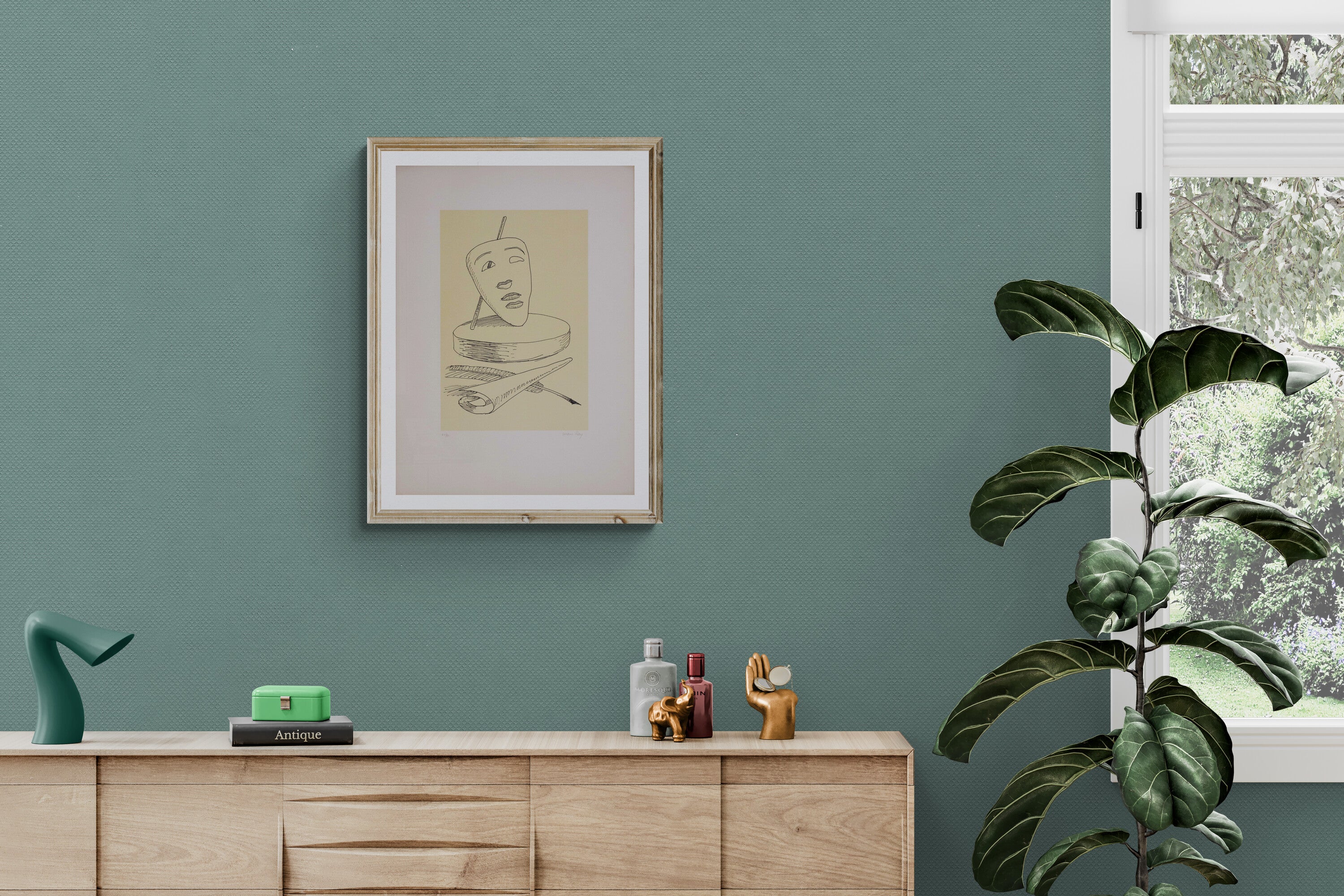Lorenzo Piemonti biography

Lorenzo Piemonti was born in Carate Brianza in 1935. From a young age he showed an interest in art, but it was a sporting event that sparked his passion for painting. During a stage of the Giro d'Italia, observing a painting made by Fausto Coppi's fans, he decided to paint a portrait of his idol Gino Bartali. This first artwork represents the starting point of his artistic career.
Piemonti initially approached figurative painting, painting landscapes, portraits and still lifes. His artworks from this period include representations of sewing machines, inspired by his mother, an expert in bobbin lace. However, his art quickly evolved, abandoning figurative art to explore new expressive languages.
In the mid-1960s, Piemonti entered the "Oval" phase (1965-1968) and later the "Ovaltubular" phase (1966-1978). During these periods, he created sculptures characterized by the use of oval and tubular shapes. These artworks include columns of tubes, tubular objects mounted on the wall, and double-sided constructions. The sculptures from this period stand out for the alternation of solids and voids, flat and curved surfaces, reflecting a desire for balance and openness.
From 1965 to 1975, Piemonti spent a decade in Switzerland, where he collaborated with the Schlaeppischaufensterfiguren of Zurich, creating models for fashion exhibitions. During this period, he came into contact with Swiss concretism and was influenced by theorists such as Max Bill. His art increasingly approached concrete abstraction, focusing on "aesthetic quantities" and the analysis of chromatic and structural relationships. Piemonti developed an art based on geometry and arithmetic, with the square as the fundamental matrix and a skillful use of primary, secondary, and tertiary colors.
In 1973, Piemonti introduced a significant change in his artistic practice, beginning to dedicate himself to performance and the creation of manipulable artworks. During a performance in Varese – Galliate, the artwork was no longer just an aesthetic object but a manipulable module, continuously modified by other artists such as Remo Bianco, Mario Schifano, Bruno Munari and Emilio Isgrò. This period saw the creation of "multiples", artworks that allow the public to create personal compositions, dissolving the concept of uniqueness of the artwork and making it accessible to a wider audience. In 1990, Piemonti became co-founder of the Madì Italia movement, an artistic movement born in Argentina in 1946. Madì is characterized by the continuous reinvention of mathematical-geometric laws and a logical and mathematical pictorial conception. Piemonti reflected on the surface-relief dialectic, freeing the latter from the former by adding elements external to the basic matrix, creating artworks that are a synthesis between painting and sculpture.
Piemonti's artworks are exhibited in numerous international and Italian museums, including the National Museum of Belgrade, the Kilgore Law Center and Madì Museum in Dallas, the Modern Art Gallery of Turin, and the Pagani Museum of Legnano. Furthermore, he created public artworks such as "Universal Brotherhood" (1976), a steel monument placed in the courtyard of the elementary school of Carate Brianza.
Official criticism has often celebrated Piemonti's artwork. Bruno Munari, a great artist and designer, described his chromoplastics as artworks that provoke the perceptual system, creating a blend of colors that challenges the certainty of our visual organs.
Piemonti continued to work until his death in 2015, leaving an artistic legacy that continues to influence and inspire. His solo and group exhibitions have been hosted in Italy, France, Switzerland, Serbia, USA, Hungary, Romania, and Spain, with some of his latest exhibitions at the Mariani Civic Gallery of Seregno (2019) and the IV Italy-China Biennale in Beijing (2016).
In conclusion, Lorenzo Piemonti was an innovative artist and intellectual, whose work ranged from painting to sculpture, from performance to manipulable art. His continuous experimentation and his rigorous and disciplined approach have left an indelible mark on the world of contemporary art.



